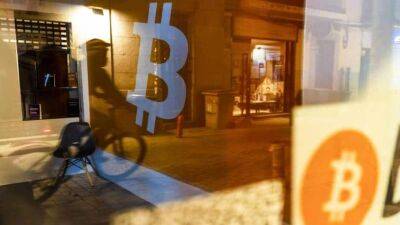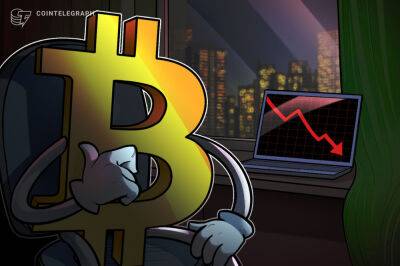As Bitcoin Scales With Lightning Network, What Role Does Litecoin Have to Play?
At the time of writing, Litecoin (LTC) is the 20th biggest cryptoasset by market capitalization. Back in 2013, it used to be the second-biggest, but the following nine years have seen thousands of new altcoins appear on the scene, with many of these making its modest update on Bitcoin (BTC) seem less-than interesting by comparison.
Still, even with the birth of thousands of new coins, Litecoin remains a significant altcoin, with a market capitalization of around USD 3.3 bn. But as the ongoing ‘crypto winter’ appears to herald a new phase in the history of cryptocurrency, at least some commentators are starting to question whether the ecosystem really ‘needs’ Litecoin.
Opinions on this question are unsurprisingly mixed, with Bitcoin developers and supporters arguing that Litecoin is more or less obsolete now that the original cryptocurrency has learned how to scale (i.e. via the Lightning Network). On the other hand, the Litecoin community maintains that the altcoin serves as a useful testbed for scaling technologies, and that its growing adoption by payment and investment platforms should guarantee its survival for years to come.
When it was first launched as a source code fork of Bitcoin in 2011, Litecoin distinguished itself by virtue of its faster block time (in addition to a higher supply cap and the use of a different hashing algorithm). While Bitcoin processed a block every ten minutes on average, Litecoin managed the same feat within 2.5 minutes.
In other words, one of its primary boasts was that it was more scalable than Bitcoin. However, many people within the Bitcoin community argue this boast no longer really applies, given the advances the original cryptocurrency has made in recent years.
“Litecoin and others
Read more on cryptonews.com






















